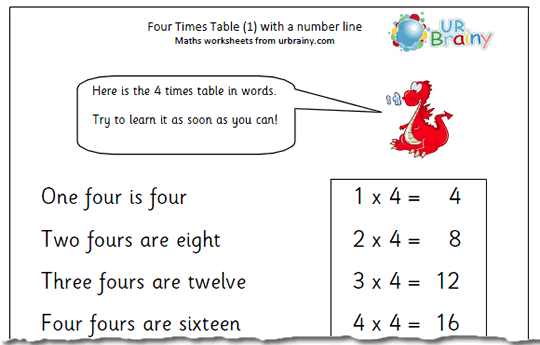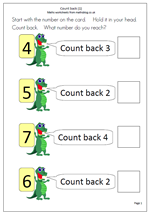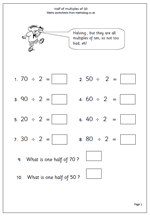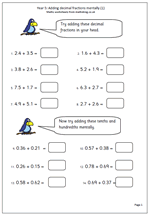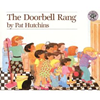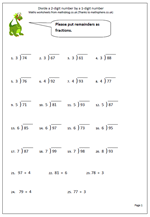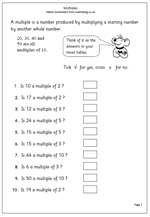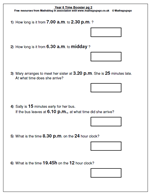 Ten, Nine, Eight by Molly Bang
Ten, Nine, Eight by Molly Bang
To celebrate World Book Day, a few words about one of my favourite books for young children to help them with their maths.
Whatever you do, don’t miss this book if you have young children about to enter school. A counting book, in this case counting down from ten toes, nine friends etc as a father and young daughter get ready for bed.
The characters are interesting, an African-American family, and the warm colours of the illustrations really are a delight. Each page has a warm, comforting glow, perfect for a bedtime story.
I know of several children who have memorised the whole book – always a good sign!
